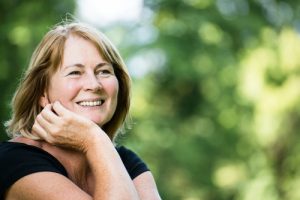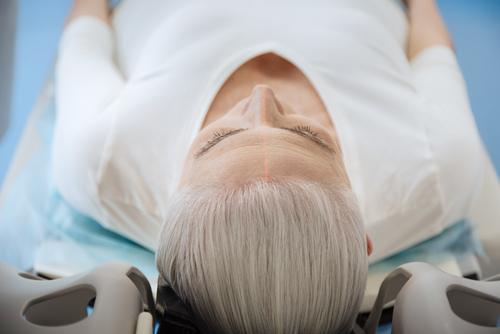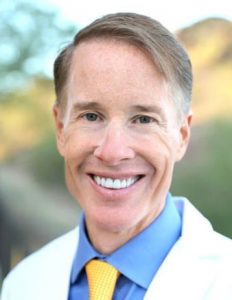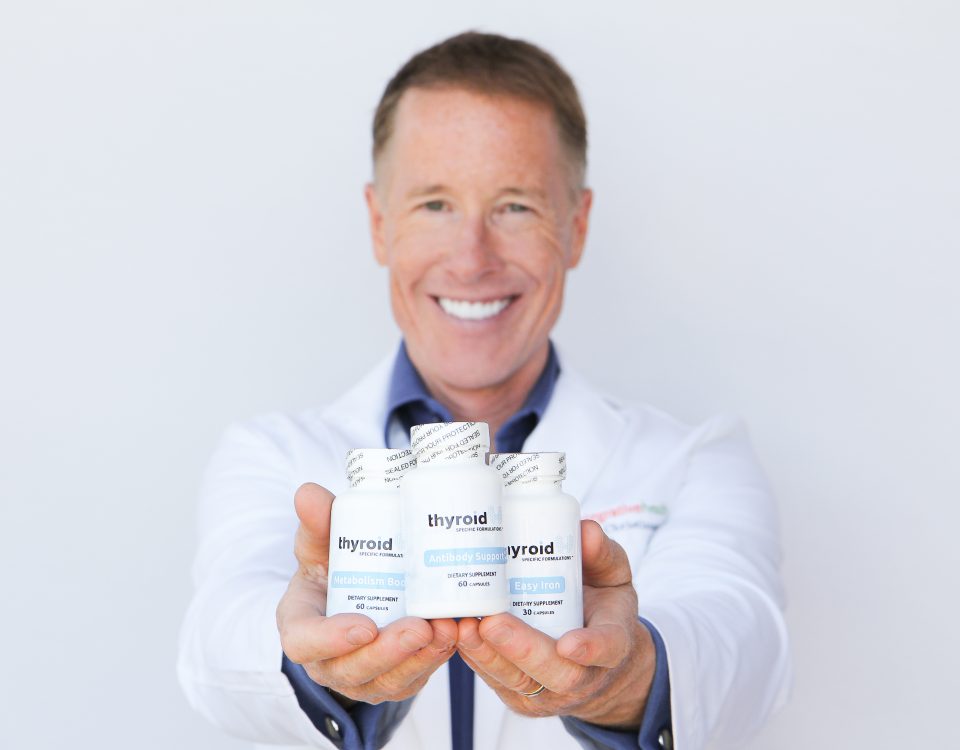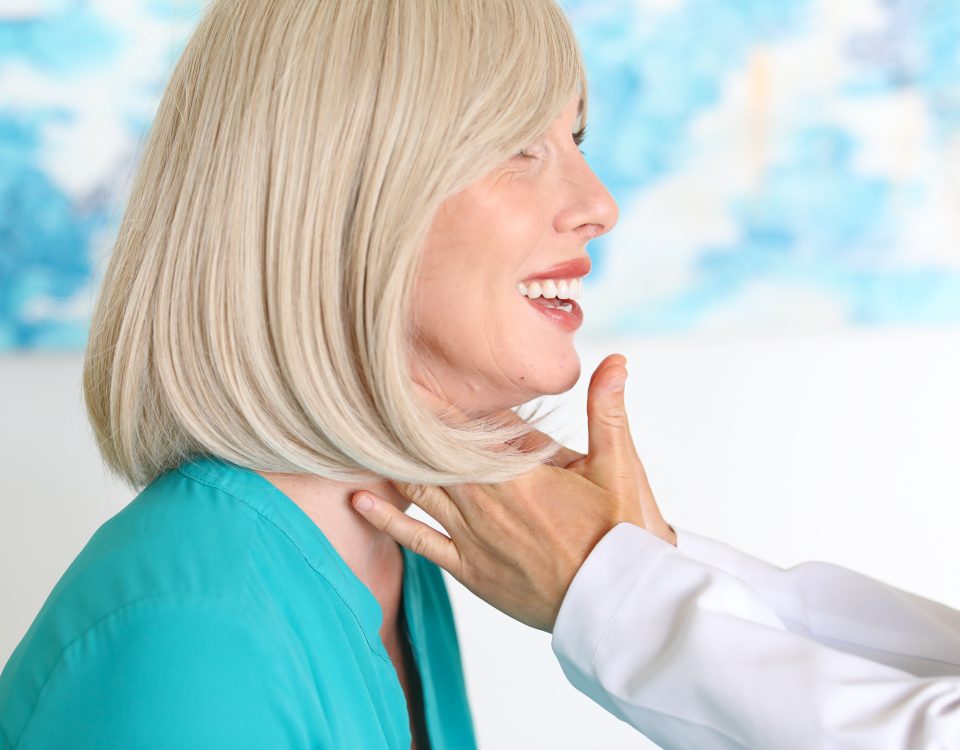There has been a new study done on the connection between soy foods and breast cancer that I want you to know about right now. There has been a valid concern about soy having hormonal effects, but what is the latest you need to know? Let’s talk about the science.
Soy foods do contain things called phytoestrogens, or plant estrogens, which we have seen can sometimes correspond with negative outcomes in people (especially when it comes to synthetic varieties of estrogen), such as higher rates of:
- Breast cancer
- Ovarian cancer
At the same time, we have seen that estrogen does good things as it concerns bone loss, cardiovascular health, brain aging, and more. This has created something of a dilemma as it concerned the role of soy. Especially as it concerns plant estrogens, we as a community had a hard time mapping out this equation and figuring out where it all fit in.







